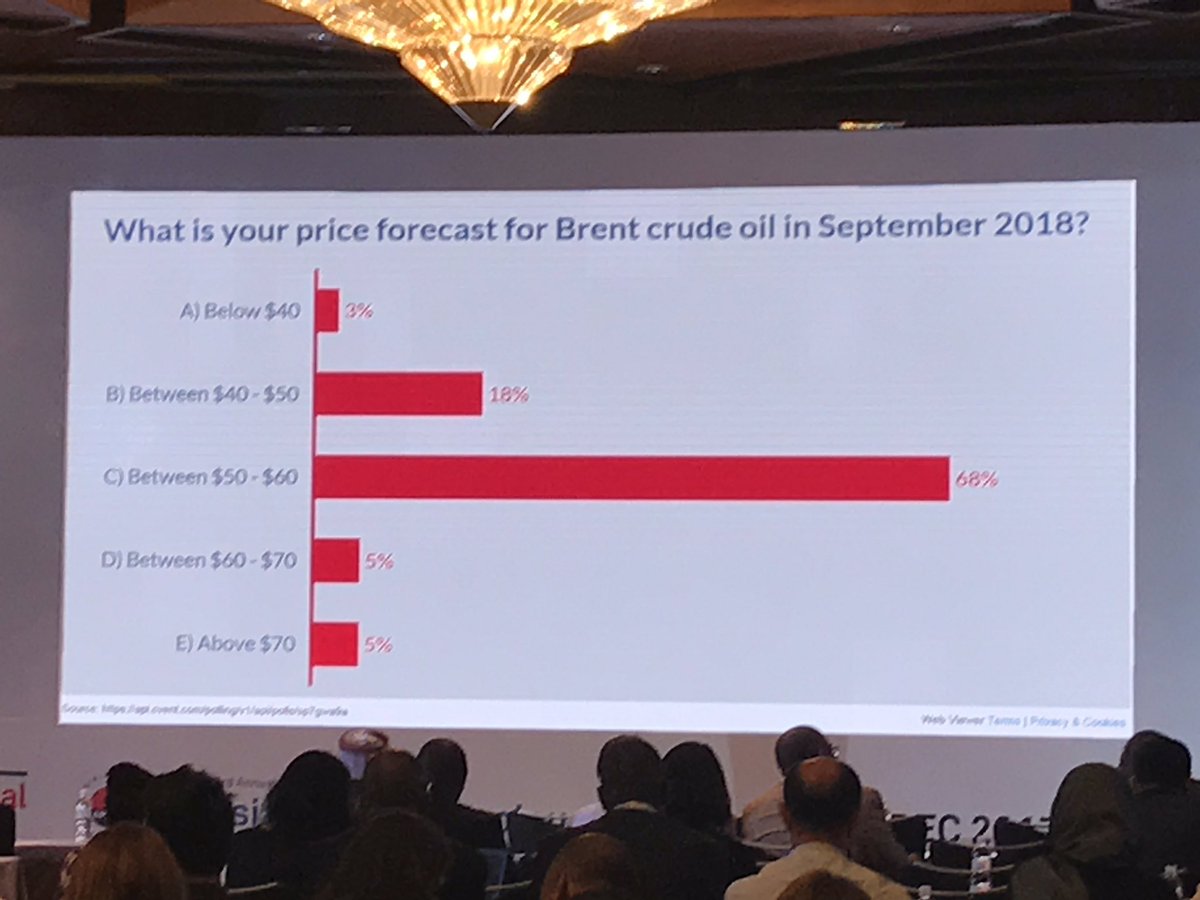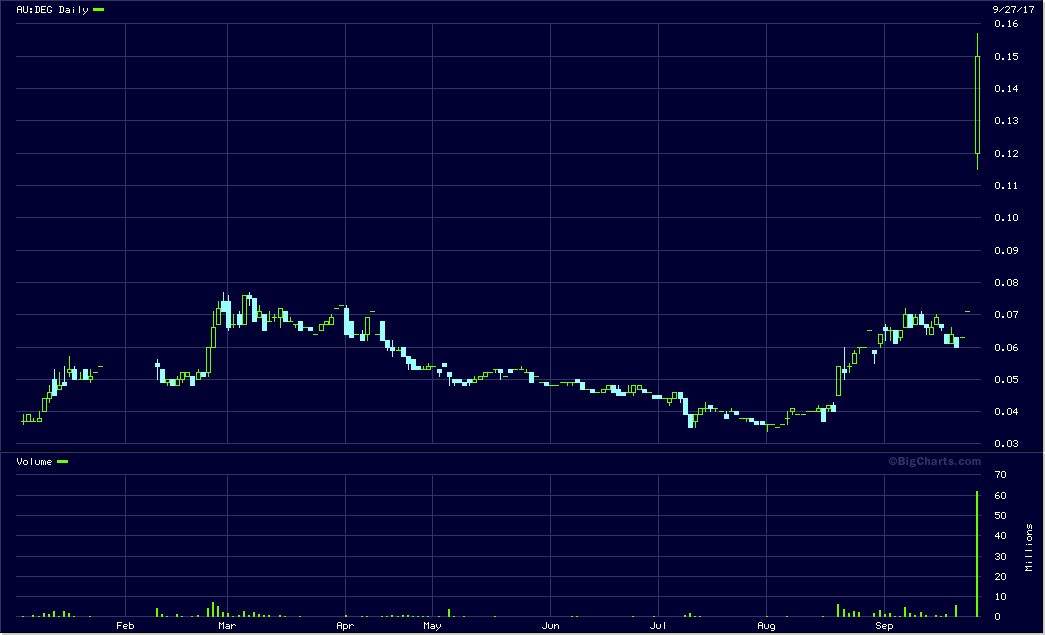Kostolanys Erbe schrieb am 15.08.2017, 23:12 Uhr[/url]"]Hammer Bohrloch !!!
Regulus drills 183.9 m of 1.54% Cu, 1.05 g/t Au in Peru
2017-08-15 11:29 ET - News Release
Mr. John Black reports
REGULUS INTERSECTS 184 M WITH 1.54% COPPER, 1.05 G/T GOLD AND 11.9 G/T SILVER IN FIRST DRILL HOLE AT ANTAKORI PROJECT, PERU
Regulus Resources Inc. has released the results for drill hole AK-17-001, the first drill hole of the 15,000-to-18,000-metre 2017 drilling campaign at the company's AntaKori copper-gold-silver project in northern Peru. The drilling campaign is under way in collaboration with Compania Minera Coimolache, the operator of the Tantahuatay gold mine, immediately to the south of the AntaKori project (please refer to news releases of Jan. 24 and April 25, 2017).
The AntaKori system hosts two principal styles of copper-gold-silver sulphide mineralization: (1) skarn and breccias within Cretaceous calcareous sedimentary rocks, likely associated with as-yet undiscovered porphyry mineralization; and (2) younger, epithermal high-sulphidation mineralization in overlying Miocene volcanic rocks and breccias that host the adjacent Tantahuatay heap-leach gold mine to the south. The younger high-sulphidation mineralization locally overprints the earlier skarn mineralization, particularly along the southern extent of the AntaKori system. Drilling has commenced on the southernmost margin of the Regulus concessions and will proceed to the north over the next few months as permitting allows. The initial holes will encounter the overlying Miocene volcanic rocks and high-sulphidation-style mineralization prior to entering into the Cretaceous sedimentary sequence and skarn at depth. As the drilling progresses to the north, the volcanic rocks terminate and drill holes will commence directly in the skarn/porphyry environment within the Cretaceous sedimentary sequence.
Drill hole AK-17-001 cut significant high-sulphidation epithermal pyrite-enargite mineralization in the Miocene volcanic sequence but was lost at a depth of 540.9 metres prior to testing the lower skarn target. AK-17-002, the second hole of the program, has been completed to a total depth of 893.5 metres, cutting both styles of mineralization, with well-developed skarn in the Cretaceous calcareous sedimentary sequence. Assays are pending for AK-17-002 and will be reported when they are received in the next few weeks. AK-17-003 is in progress and is also designed to intercept both styles of mineralization.
All of these initial drill holes are located to the south and outside of the currently reported National Instrument 43-101 resource, which is very encouraging in terms of potentially adding additional tonnage to the AntaKori mineralized system.
Highlights from drill hole AK-17-001 -- first hole by Regulus at the AntaKori project:
183.9 metres with 1.54 per cent Cu, 1.05 g/t (grams per tonne) gold and 11.9 g/t silver from 250-metre depth, including 110.7 metres with 2.34 per cent copper, 1.63 g/t gold and 17.9 g/t silver from 289.9-metre depth, including 22.9 metres with 3.2 per cent copper, 6.09 g/t gold and 49.9 g/t silver from 361.5-metre depth;
46.7 metres with 0.64 per cent copper, 0.13 g/t gold and 3.1 g/t silver from 137.7-metre depth;
Mineralization style is high-sulphidation epithermal with pyrite-enargite hosted within Miocene volcanic rocks and breccias.
John E. Black, chief executive officer of Regulus, commented: "The results from our first drill hole have confirmed our expectations that the AntaKori system hosts significant zones of higher-grade copper-gold-silver mineralization. Drill intercepts with over 100 metres of above 1 per cent copper are a good benchmark to denote the presence of higher-grade copper mineralization. In this first drill hole, we clearly exceeded this criteria and also encountered gold grades above one g/t gold in the same intercept. Although AK-17-001 was lost prior to intercepting the lower skarn target, our second drill hole (AK-17-002) has been completed to a targeted depth of nearly 900 metres and has intercepted the skarn target. We look forward to reporting results from this second hole as they become available in the next few weeks.
"Drilling has been slower than anticipated due to both challenging ground conditions and technical issues with drilling equipment. We are taking steps to resolve these issues and anticipate that a second and third rig will commence drilling in September to October to allow us to pick up the pace of the program."
Discussion of results and update on drilling program
The attached table provides more detail regarding the mineralized intercepts encountered in drill hole AK-17-001.
Drill hole ID From To Length Copper Gold Silver CuEq AuEq Zinc
(m) (m) (m) (%) (g/t) (g/t) (%) (g/t) (%)
AK-17-001 137.70 184.40 46.70 0.64 0.13 3.1 0.76 1.07
Including 177.00 184.40 7.40 1.52 0.24 7.3 1.76 2.46
And 250.00 433.90 183.90 1.54 1.05 11.9 2.40 3.36
Including 289.90 400.62 110.72 2.34 1.63 17.9 3.67 5.14
Including 361.50 384.40 22.90 3.2 6.09 49.9 9.08 12.72 2.42
Including 361.50 369.45 7.95 6.93 3.34 48.9 9.76 13.68 0.10
Including 369.45 384.40 14.95 1.22 7.56 50.30 8.70 12.18 3.64
Drill hole AK-17-001 was collared along the southern margin of the Regulus concession block and drilled at a minus-70-degree angle to the northeast into Regulus ground. The initial drill holes of the 2017 drilling campaign are located in similar positions along the southern margin of the Regulus concession block. As additional drill permits are received in the next few months, the drilling will progress to the north toward the area of known mineralization based upon previous drilling.
AK-17-001 cut Miocene volcanic rocks and breccias to a total depth of 540.9 metres, where the hole was lost due to technical difficulties prior to entering into underlying Cretaceous sedimentary rocks and the skarn target area. The Miocene volcanic rocks and breccias host strong advanced argillic alteration and associated high-sulphidation epithermal pyrite-enargite mineralization which has been oxidized to iron oxides to a depth of approximately 76 metres. Pyrite-enargite mineralization occurs as irregular to semi-massive veins and veinlets, as well as disseminations, void fillings and locally as clasts within postmineral breccias. The mineralization style is not a typical high-sulphidation vein but more of a pervasively altered and replaced zone of mineralization within permeable volcanic rocks. The true widths of the mineralized intervals reported in the table are difficult to ascertain and additional drilling will be required to constrain the geometry of the mineralized zones. Minor other copper sulphide and copper sulphosalt minerals are also present. The predominance of enargite and in places orpiment results in high arsenic contents within the mineralized intervals.
Within longer runs of copper-gold mineralization there are shorter runs of notably higher grade as evident from the 23.9-metre interval from 361.5-to-384.4-metre depth with 3.2 per cent copper, 6.09 g/t gold and 49.9 g/t silver. This zone contains semi-massive pyrite-enargite mineralization both as void fillings and fragments within a breccia. A portion of this higher-grade zone also contains significant zinc mineralization with the 14.95-metre interval from 369.45 to 384.4 metres averaging 1.22 per cent copper, 7.56 g/t gold, 50.3 g/t silver and 3.64 per cent zinc. This zinc-gold-rich zone is coincident with the presence of orpiment but is otherwise similar in nature to the other mineralized zones in the drill hole. More detailed mineralogical petrographic work is planned for this interval to confirm the zinc-bearing mineral phase.
AK-17-002, the second hole of the program, has been completed to a total depth of 893.5 metres, and a third drill hole is in progress. In addition to the three Regulus holes, three additional holes have been completed by Compania Minera Coimolache that cross into Regulus concessions, with the lower portions of two of these holes cutting skarn developed in the Cretaceous sedimentary sequence. The portions of these holes that occur within Regulus concessions will be reported by Regulus when all data have been received in the next few weeks.
Sampling and analytical procedures
Regulus follows systematic and rigorous sampling and analytical protocols which meet and exceed industry standards. These protocols are summarized on the Regulus website.
About Regulus Resources Inc. and the AntaKori project
Regulus is an international mineral exploration company run by an experienced technical and management team with a portfolio of precious and base metal exploration properties located in North and South America. The principal project held by Regulus is the AntaKori copper-gold-silver project in northern Peru. The AntaKori project currently hosts an inferred resource of 294.8 million tonnes with a grade of 0.48 per cent copper, 0.36 g/t gold and 10.2 g/t silver based upon 17,950 metres of drilling by previous operators.
Qualified person
The scientific and technical data contained in this news release pertaining to the AntaKori project have been reviewed and approved by Mr. Black, who serves as the qualified person under the definitions of National Instrument 43-101.
https://www.stockwatch.com/News/Item.aspx?bid=Z-C%3aREG-2495495&symbol=REG®ion=C
» zur Grafik




